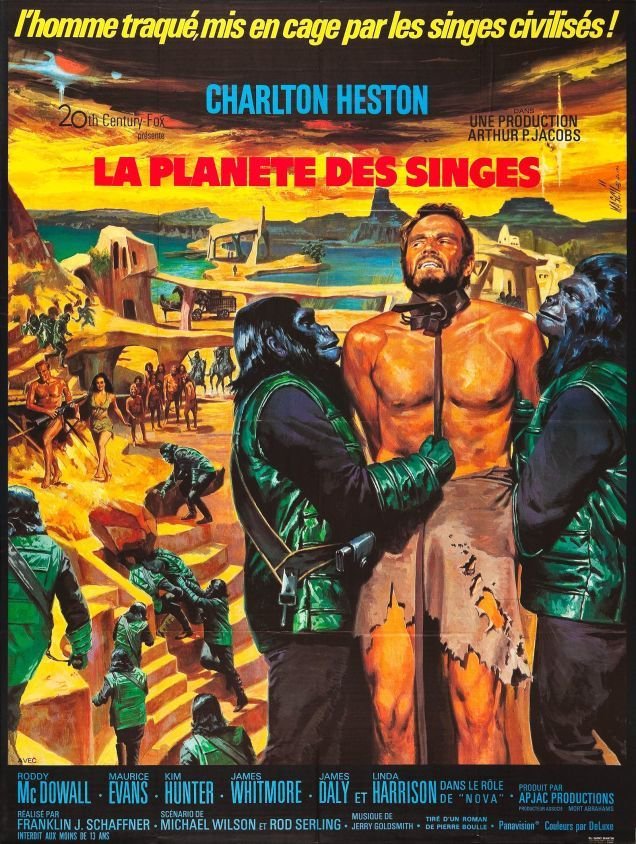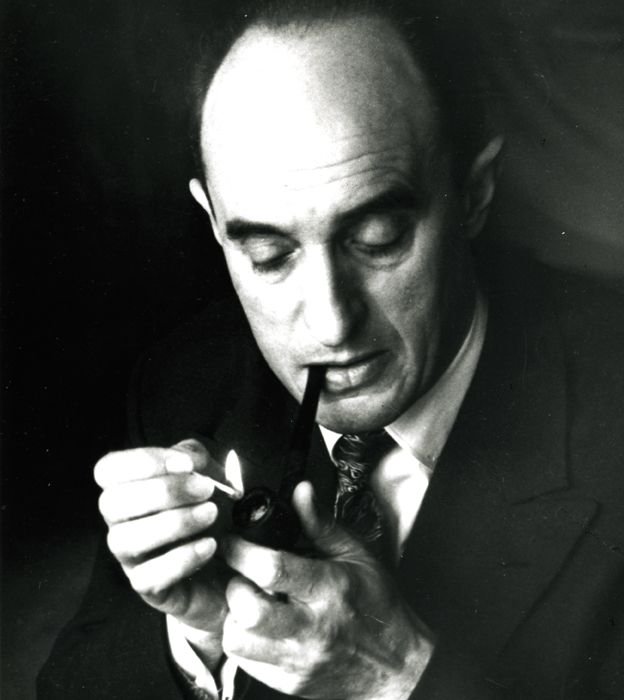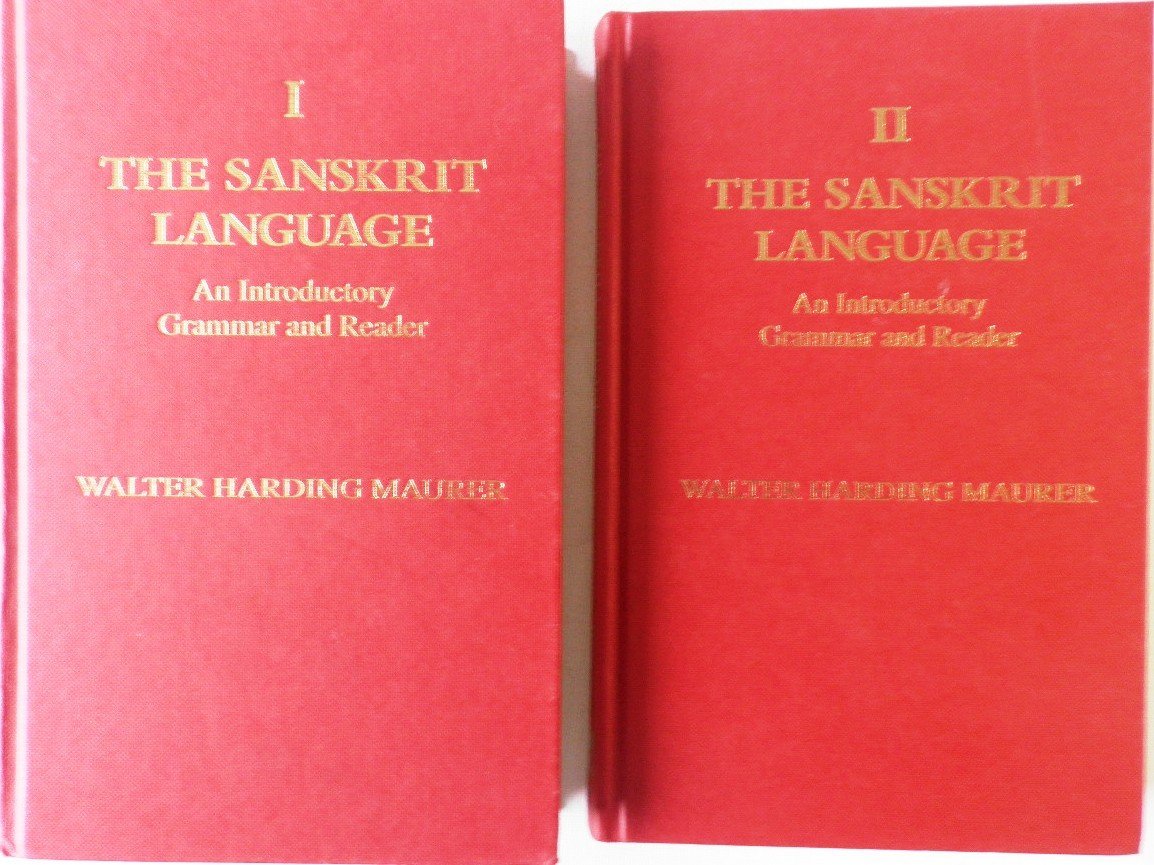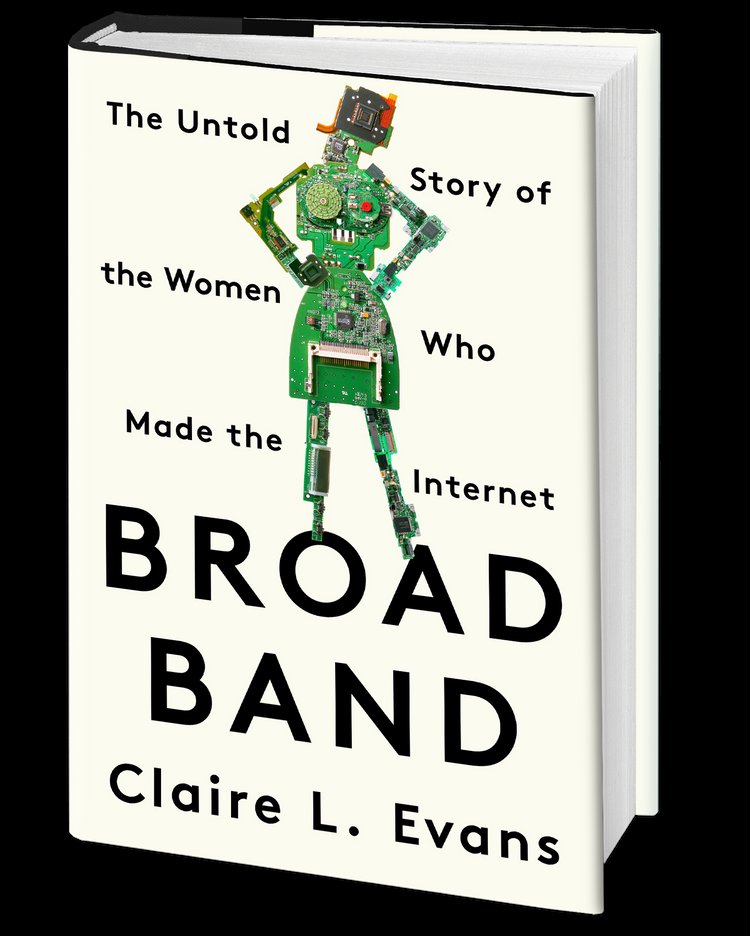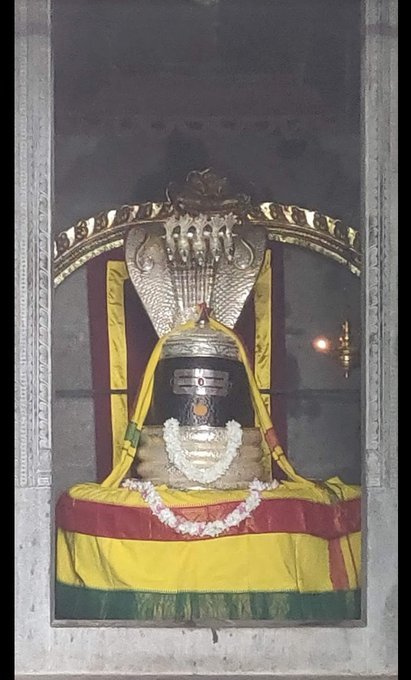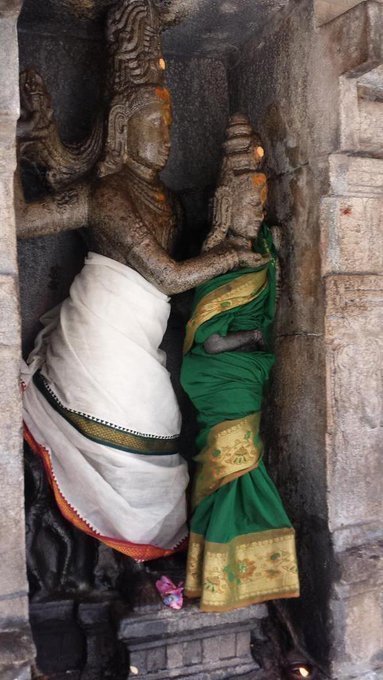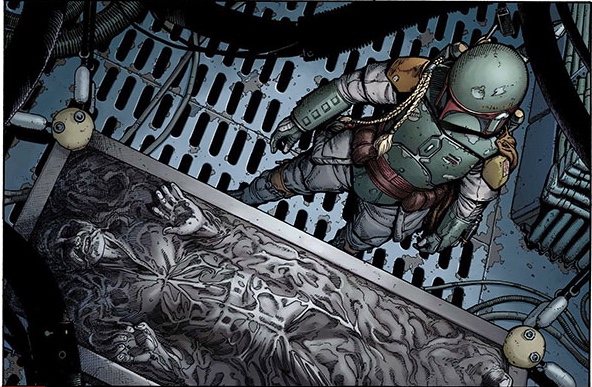
WAR OF THE BOUNTY HUNTERS, the biggest and baddest Star Wars comics crossover of the modern Marvel era... begins in May.
What is it? Pretty simple:
Boba Fett vs... everyone.
Here’s the launch interview, and some additional thoughts in the

It’s always special whenever I get to work with Steve, and this is no exception. There’s a fight sequence in that issue that (literally) has to be seen to be believed.
What took so long? Well, someone steals Han, and Boba has to get him back. NO MATTER WHAT.
I mean, think about it...
Vader wants him because Han’s the jerk who shot up his fancy TIE and let Luke blow up the Death Star at the end of A New Hope.
Valance wants to help Han because he owes him.
Aphra doesn’t care about Han but does care about money.
And many more folks, from Black Sun to the Pykes... Han’s tangled with just about everyone in his day.
He’s going to get it back, and he’s going to get paid. Simple. Just like Fett himself.
If you haven’t seen it, that’s your homework between now and May.)
(And I get to play with ALL the toys, too.)
I hope you’ll check it out.
More from Culture
Great article from @AsheSchow. I lived thru the 'Satanic Panic' of the 1980's/early 1990's asking myself "Has eveyrbody lost their GODDAMN MINDS?!"
The 3 big things that made the 1980's/early 1990's surreal for me.
1) Satanic Panic - satanism in the day cares ahhhh!
2) "Repressed memory" syndrome
3) Facilitated Communication [FC]
All 3 led to massive abuse.
"Therapists" -and I use the term to describe these quacks loosely - would hypnotize people & convince they they were 'reliving' past memories of Mom & Dad killing babies in Satanic rituals in the basement while they were growing up.
Other 'therapists' would badger kids until they invented stories about watching alligators eat babies dropped into a lake from a hot air balloon. Kids would deny anything happened for hours until the therapist 'broke through' and 'found' the 'truth'.
FC was a movement that started with the claim severely handicapped individuals were able to 'type' legible sentences & communicate if a 'helper' guided their hands over a keyboard.
For three years I have wanted to write an article on moral panics. I have collected anecdotes and similarities between today\u2019s moral panic and those of the past - particularly the Satanic Panic of the 80s.
— Ashe Schow (@AsheSchow) September 29, 2018
This is my finished product: https://t.co/otcM1uuUDk
The 3 big things that made the 1980's/early 1990's surreal for me.
1) Satanic Panic - satanism in the day cares ahhhh!
2) "Repressed memory" syndrome
3) Facilitated Communication [FC]
All 3 led to massive abuse.
"Therapists" -and I use the term to describe these quacks loosely - would hypnotize people & convince they they were 'reliving' past memories of Mom & Dad killing babies in Satanic rituals in the basement while they were growing up.
Other 'therapists' would badger kids until they invented stories about watching alligators eat babies dropped into a lake from a hot air balloon. Kids would deny anything happened for hours until the therapist 'broke through' and 'found' the 'truth'.
FC was a movement that started with the claim severely handicapped individuals were able to 'type' legible sentences & communicate if a 'helper' guided their hands over a keyboard.



